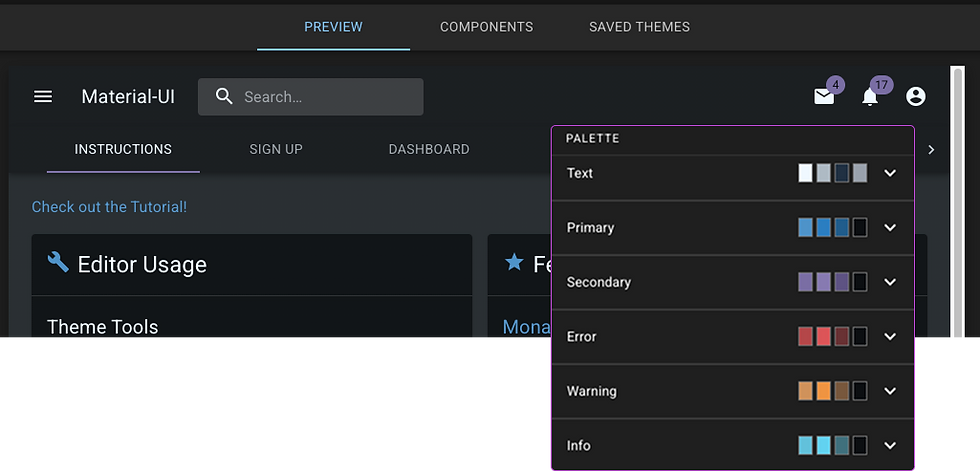Transdisciplinary UX Design
- Curtis Blair
- Oct 5, 2023
- 2 min read
Transitioning the chaos of the Design Process Squiggle into a Design Odyssey
Transdisciplinary UX Design
A transdisciplinary approach to design solves complex problems by engaging with communities and combining multiple fields of thoughtful research with design. Transdisciplinary UX Design is a novel problem-solving approach that examines Past-Present-Futures effects of conceptual design solutions.
Motto - Be Less Wrong
Framework: Exploration
Embraces ambiguity while exploring a problem space by learning, synthesizing, and adopting insights revealing potential solutions to test and refine.
Methodology: Human-Centered Design
Emphasizes that the solutions being developed are for the benefit of the people being design for and actually serves the needs of the people.
Approach: Design Odyssey
Non-linear pathway of iterative design, recognizing that there is no rigid structure, only tools to guide a path forward. The odyssey approach illustrated that design systems are metaphors providing a holistic overview of the non-procedural design journey.
Tools: UX Design + Sensemaking + Futures Thinking
Combining research with participatory activities to better understand the root problem and knowledge domain allowing designers to integrating multiple perspectives, disciplines, and communities to generate various conceptual design solutions to progress the whole system forward.
Implementation
The design journey allows communities to explore a problem space and contains self-referential phases using various perspectives and tools to create predictable deliverables. By synthesizing deliverables and user ecosystems, designers can produce solutions ready for prototyping, testing, and refining.
Transdisciplinary UX Design

Beginning: What are we trying to do and why?

Sensemaking
Examining the problem domain to determine problem types
Futures Thinking
Horizon scanning to collect data from various resources
UX Design Determining business goals and research strategies
Exploration: How might we get to where we want to go?

Sensemaking Categorizing data to develop project scope and limitations
Futures Thinking Identifying trends and patterns in data resources
UX Design Mapping user ecosystem and research activities
Bridge the Gap: Are we aligned and doing this right?

Sensemaking Developing experiments for mapping and testing domains
Futures Thinking Socializing scenarios and prototypes via workshops
UX Design Creating a repository to triangulate and synthesis data
Construction: How can we push ahead together?

Sensemaking Validating experiments and developing contextual concepts
Futures Thinking Providing mitigation strategies for known and potential risks
UX Design Usability testing and refining conceptual solutions
Launch: How is done/ success defined?

Sensemaking Defining success metrics and monitor progress
Futures Thinking Guiding risk mitigation and retention strategies
UX Design Collecting feedback for backlog incrementally improvements




